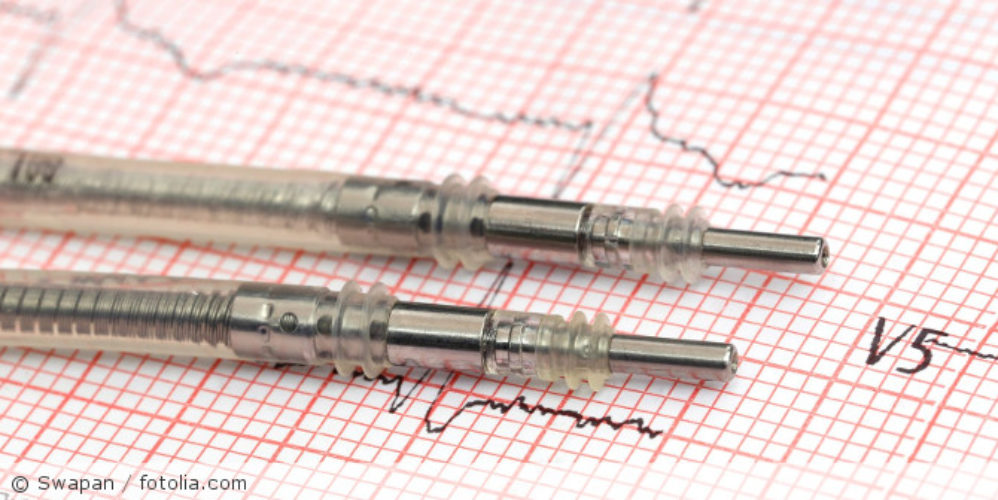This so happened in Ohio last fall, when a man was convicted of aggravated arson and insurance fraud based on evidence provided by the data from his cardiac pacemaker. A man, whose house had burnt down, was investigated against after traces of fire accelerant had been found by the police. The suspect claimed that he was woken by a fire in his house, packed a bag, broke a window and so escaped the flames.
The man is a cardiac pacemaker implantee and during the investigation, the police obtained access to the medical data recorded by that device. A cardiologist had testified that based on the heart rate and cardiac rhythms at the time of the fire, the suspect’s version was highly improbable, as the data indicated that the man was in a calm state.
The man’s lawyer argued that pacemaker evidence should not be allowed, since “medical data regarding the inner functions of one’s body, designed to assist a doctor in keeping a patient alive, should be safeguarded against government overreach.” However, the judge ruled that the pacemaker data can be used in court and the man was convicted based on the evidence from the device.
By collecting ever more data about our activities and connecting everyday devices to the internet, we are succumbing to a form of self-surveillance, which one unexpected day may have unexpected consequences. Police and authorities have a growing interest in data that the Internet of Things (IoT) collects from its users. Data from devices with internet connection may provide alibis or crime scene evidence.
So, have you ever thought about the technology you are probably using –fitness trackers or digital assistants like Google Home or Amazon Echo– from this angle?





